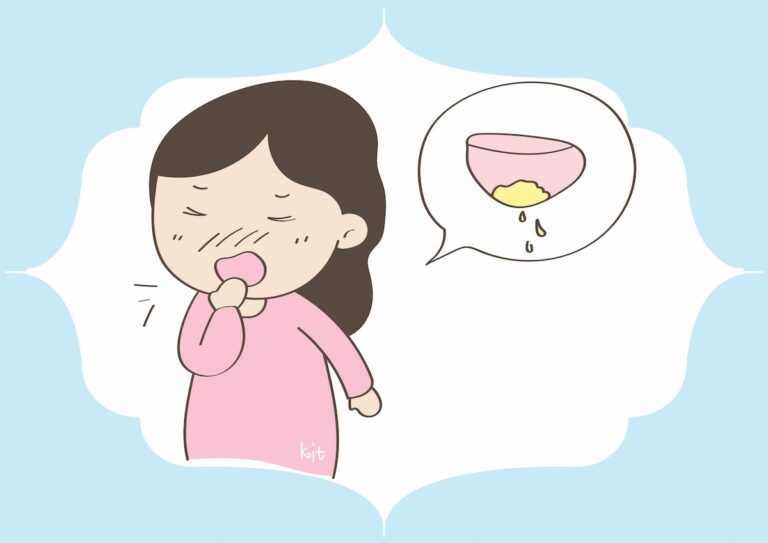Ways to improve the endometrial thinness of surrogate mothers

The lining of the uterus is the “fertile ground of life” where the embryo is deposited, and its thickness and quality directly determine the success of surrogacy. For surrogate mothers, thin endometrium (≤7mm) is a major challenge in reproductive medicine. This article combines the latest global research findings and clinical practice to systematically analyze the scientific strategies to improve endometrial thickness and provide practical solutions for surrogate families.
Thin endometrium: why is it an “invisible barrier” to surrogacy?
Endometrial thinness has been visualized as “barren soil” and its causes are complex, often involving the following core factors:
Hormonal imbalance: estrogen deficiency (e.g., ovarian failure, thyroid abnormality), progesterone deficiency, or growth hormone imbalance, resulting in limited endometrial proliferation.
Uterine trauma: Multiple abortions, curettage or hysteroscopic surgery damages the basal layer and triggers irreversible fibrosis.
Chronic inflammation: endometritis or pelvic tuberculosis destroys the endometrial microenvironment and reduces blood perfusion.
Lifestyle toxins: long-term contraceptive use, smoking, stress and environmental pollutants interfere with hormone metabolism.
Case Insights
Emily (32 years old) from Canada, who had two miscarriages with only 4mm of endometrium, had her endometrium increased to 8.2mm after hormone therapy combined with stem cell therapy and successfully completed her surrogacy. Her experience confirms the importance of “precise treatment + multidisciplinary intervention”.
Four strategies to thicken the endometrium scientifically
- Hormone therapy: awakening the “growth code” of the endometrium
Estrogen supplementation: Vaginal administration (e.g., Fenotropil) or transdermal patches (Sonequil) can bypass hepatic metabolism, increase local blood levels, and promote endometrial cell proliferation.
Co-administration innovations:
hCG injection: 150 IU subcutaneously on day 8 of estrogen therapy to stimulate angiogenesis and improve tolerance.
Sildenafil (Viagra): vaginal administration dilates uterine arteries, increasing blood flow by 35% and elevating endothelial thickness by 2-3 mm.
Growth Hormone (GH): promotes glandular development by activating the IGF-1 pathway, clinical studies have shown a 22% increase in pregnancy rates.
- Regenerative medicine: a revolution in stem cells and biotechnology
Stem cell therapy:
Bone marrow or menstrual blood-derived stem cells: Repair damaged endothelium through uterine perfusion, 60% of patients increased to more than 7mm endothelium in Japanese clinical trials.
Exosome technology: nanoparticles carrying growth factors are targeted to repair the endometrium, which has been approved by the US FDA to enter phase II clinic.
Endometrial micro-stimulation: activate the local repair mechanism through hysteroscopic mechanical scratching or laser stimulation, the success rate is increased to 58%.
- Integration of Chinese and Western medicine: fusion of Eastern wisdom and Western science
Acupuncture therapy:
Acupuncture point selection: electrical stimulation of Guanyuan and Ashigaru points reduced the uterine artery resistance index (from 0.84 → 0.68), and the endothelial thickness increased by an average of 1.9 mm.
Moxibustion modification: warm moxibustion of Shenque points improves pelvic circulation, and German studies have shown a 40% increase in the effectiveness of combined estrogen therapy.
Herbal compounding:
Classic formula: angelica blood tonic soup (angelica and astragalus) promotes neovascularization and increased endothelial tolerance scores by 30% after use in Spanish hospitals for surrogate mothers.
Individualized diagnosis: Bazhen Tang for qi and blood deficiency, Yuji Wan for kidney yang deficiency, avoiding “one-size-fits-all” medication. 4.
- Lifestyle reconstruction: comprehensive nourishment from cell to soul
Nutritional optimization:
Protein and Omega-3: daily intake of 1.2g/kg protein (e.g. salmon, quinoa), supplemented with flaxseed oil (rich in alpha-linolenic acid), which enhances endothelial blood flow signals.
Antioxidant combination: vitamin E (400IU/day) + coenzyme Q10 (200mg/day) to reduce oxidative stress damage.
Positive Thought Meditation: 20 minutes daily to reduce cortisol levels, Harvard study confirmed to improve hormone sensitivity.
Forest healing: weekly nature contact (e.g., walk in the park), which Japanese scholars have found to promote melatonin secretion and regulate the endocrine axis.
Exclusive Care Program for Surrogate Mothers
Personalized Assessment:
Endothelial Tolerance Assay (ERA): determines the optimal window for transplantation through RNA sequencing, which has been shown in Spanish studies to improve pregnancy rates by 25%.
Immunoprofiling: Screening for NK cell activity and coagulation factors to avoid immune rejection of thin endothelium.
Cycle synchronization:
Natural Cycle Transplantation: for hormone sensitive individuals, reducing drug interference, with a stable 65% success rate in German clinics.
Artificial cycle optimization: GnRH down-regulation + estrogen pulse administration is used to precisely control the rhythm of endothelial proliferation.
Humanistic perspective: from medical to spiritual healing journey
Thin endometrium is not only a physical problem, but also an emotional challenge. British psychologist Dr. Laura Evans proposed “Fertility Resilience Training” to help surrogate mothers through cognitive behavioral therapy:
Narrative Healing: Keep a therapy journal to reframe “failure” as “exploration” and reduce self-condemnation.
Group support: joining a multinational community of surrogate mothers to share their experiences, such as Sophia’s story of success through acupuncture + hormone therapy in France, to enhance confidence.
Conclusion
Improving endometrial thickness in surrogate mothers requires the integration of precision medicine, regenerative technology and humanistic care. From hormone regulation to stem cell regeneration, from acupuncture to AI empowerment, every step of innovation is rewriting the possibilities of life. May every piece of “barren soil” in the light of science, transformed into fertile ground for new life.






